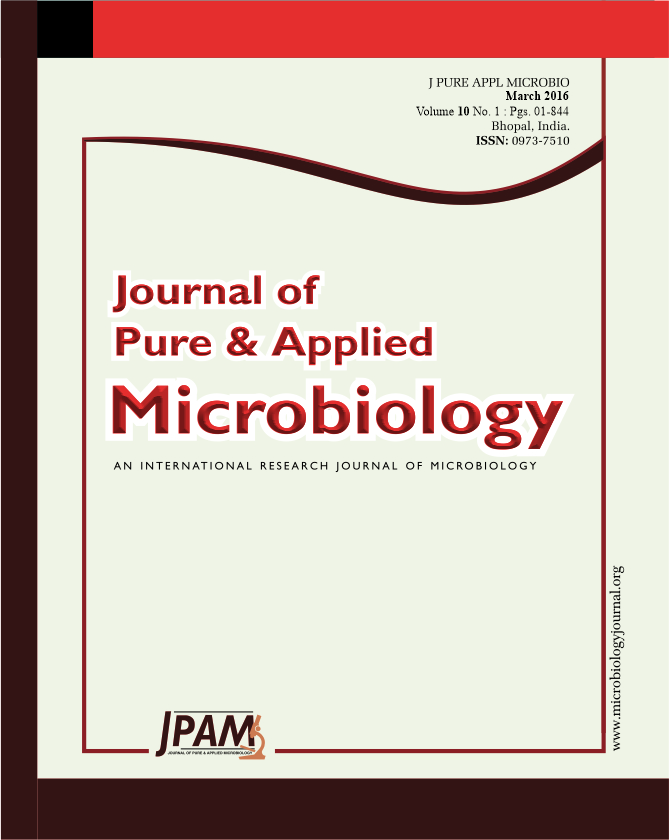Disease complexes involving nematode and fungi have gained momentum in the recent years. There was no conspicuous gall production in nematode alone and in combination with fungi. The affected roots showing brownish discolouration were observed in fungal spore suspension, fungal giant culture and fungal giant culture + M. incognita and M. incognita alone treatments. In uninoculated treatment there was no brownish discolouration. The two pathogens (M. incognita, C. fimbriata) adversely affected plant growth parameters like shoot and root length, fresh and dry weight of shoot, fresh and dry weight of root per plant. Among the two pathogens inoculated individually, maximum reduction in plant growth parameters noticed in fungal giant culture (C. fimbriata) treatment over control compared to fungal spore suspension, or M. incognita. Reduction in plant growth parameters caused by fungal spore suspension were noticed which is on par with M. incognita. With respect to of combined inoculations with nematode and fungi, greatest reduction in growth parameters was noticed in M. incognita + C. fimbriata. However, the treatment receiving the inoculum both pathogens, showed a highest reduction in plant growth parameters in comparison with other treatments.
Ceratocystis fimbriata, Meloidogyne incognita, Interaction, Wilt.
© The Author(s) 2016. Open Access. This article is distributed under the terms of the Creative Commons Attribution 4.0 International License which permits unrestricted use, sharing, distribution, and reproduction in any medium, provided you give appropriate credit to the original author(s) and the source, provide a link to the Creative Commons license, and indicate if changes were made.


